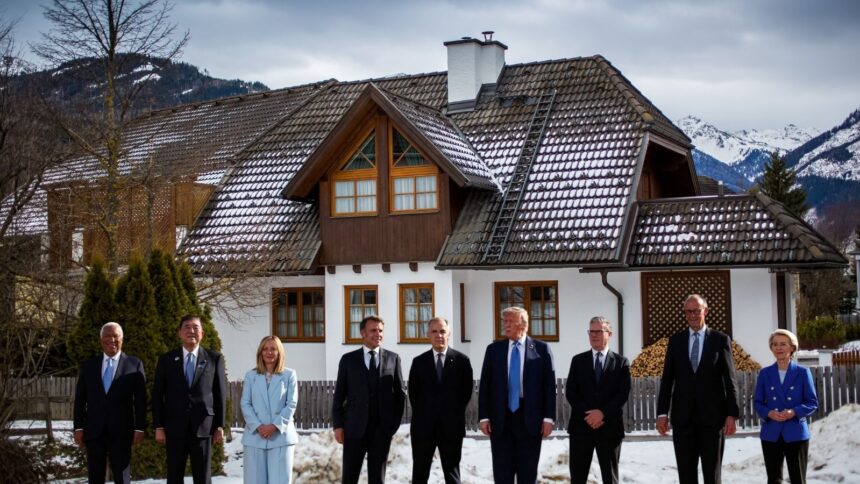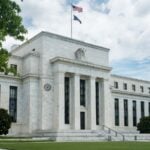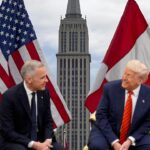Leaders from the Great Lakes and St. Lawrence region closed a 3 day summit in Quebec City with a united message for Washington, rethink tariffs on Canadian goods or risk deeper damage to one of North America’s most integrated supply chains.
The tone was unusually blunt for a cross border forum that often focuses on environmental stewardship and tourism, reflecting how trade frictions have migrated to the top of the agenda for companies in autos, metals, agriculture, and transportation.
The gathering held at the Château Frontenac, brought together governors from Michigan, New York, Wisconsin, and Pennsylvania alongside premiers from Ontario and Quebec, plus senior officials from Illinois, Indiana, Minnesota, and Ohio.
The coalition represents a $9.3 trillion U.S. economy by the group’s estimate and a dense web of suppliers that runs through the industrial Midwest and central Canada.
This scale underscores why tariff uncertainty can chill capital spending and complicate pricing at a time when demand is already uneven.
Pennsylvania’s Josh Shapiro used the stage to distance state-level policy from the White House and to court Canadian visitors and investors.
Josh Shapiro, governor of Pennsylvania, said in prepared remarks, “Pennsylvania will welcome you.” He also argued that tariffs imposed on close allies raise costs at home without delivering durable advantages.
His comments resonated with the binational audience, where executives and trade officials have spent months reworking contracts, hedges, and logistics to account for shifting duties and the potential for further measures.
Ontario Premier Doug Ford echoed the trade focus, saying the region should aim to remove policies that are “disrupting trade and investment.”
Auto assemblers and their parts suppliers face higher input costs and planning risk when shipments of steel, aluminum, and components move across the border multiple times before a vehicle rolls off the line.
Farm and forestry exporters worry about retaliatory measures that can whipsaw margins from one season to the next. Chemicals, machinery, and rail equipment makers report similar strains when vendors reprice on short notice.
Cross-border tourism and services feed local jobs in hospitality and transport, and a prolonged tariff fight tends to dampen discretionary travel.
The summit also advanced a slate of non-tariff initiatives, including maritime transport upgrades, invasive species defenses, and a sustainable agriculture push, signaling that the regional agenda will not be consumed entirely by trade tensions even as business groups lobby for clarity.
The region’s pushback lands as Canada weighs how to calibrate its own policies around competitiveness, energy transition, and household resilience.
Ottawa’s recent moves to pause and recalibrate parts of the electric-vehicle mandate, framed as a way to ensure the country balances trade and tariffs, show how domestic files are now entangled with the tariff fight.
Meanwhile, measures like a targeted tariff relief program hint at how provincial and federal budgets could be pulled into cushioning small firms if cross-border costs stay elevated.
On the logistics side, rail carriers mapping projects to expand rail capacity are likely to make the case that friction at the border magnifies the return on network upgrades.
The group elected Shapiro as chair and Indiana Governor Mike Braun as vice chair, with Pennsylvania slated to host the next summit in 2027.
The coalition operates on practical coordination between state and provincial agencies, chambers of commerce, and port authorities. The signal to markets is straightforward that regional leaders want to keep goods, tourists, and investment flowing, and they plan to use every available lever to do so.



















